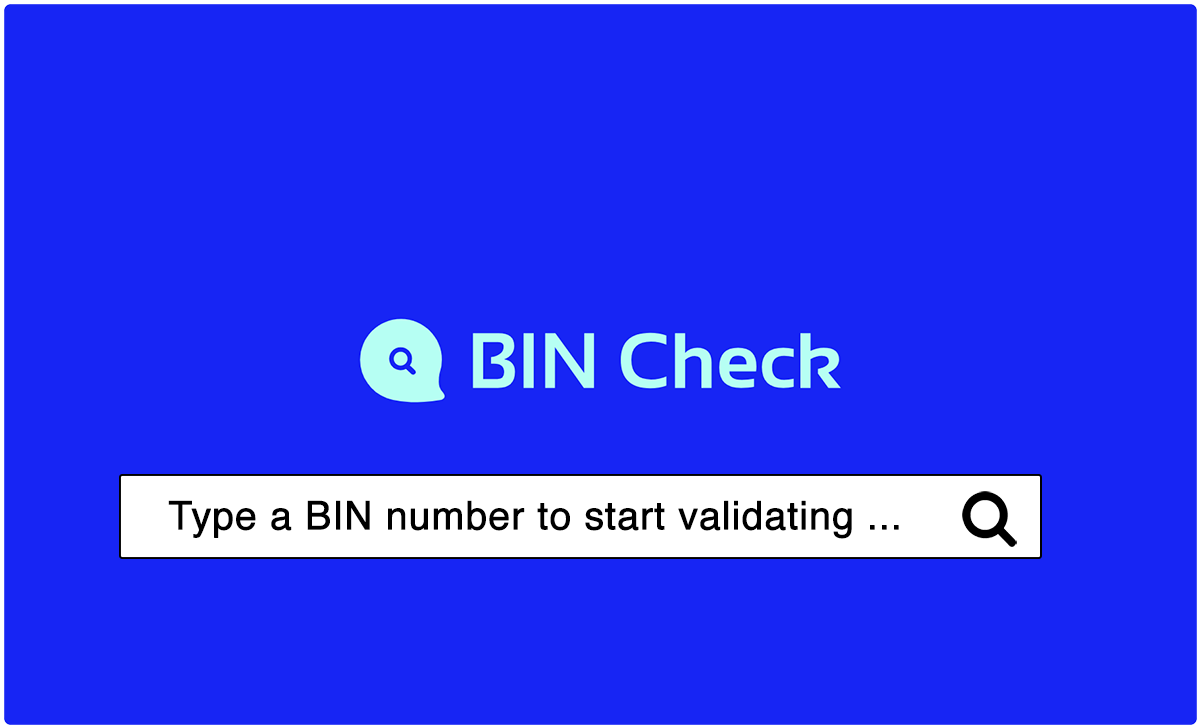A BIN code finder is a program that enables you to search for information based on the BIN code. The program uses a few simple inputs and is very easy to use. The BIN is the identification number of a particular bank or issuer. A BIN code finder is a useful tool to use for finding information about different banks and issuers.
Bank Identification Number
A Bank Identification Number (BIN) is a unique number that connects all card-based transactions to the issuer. This information can be used to analyze payment card transactions and optimize operations. The BIN is also known as an issuer identification number, and many non-bank institutions are choosing to participate in the BIN network.
To check the authenticity of a card, its BIN must match. The BIN is the first six digits of a credit or debit card, and it can be anywhere from seven to nine digits. Using a BIN finder can help you ensure that the number you are given matches the number on the card. Bank identification numbers are used to prevent fraud. The BIN is also used as a pivot point between a bank and its customer.
Whether you are in a hurry to find out the bank’s identity or you are trying to locate a credit card, a Bank Identification Number finder can help you quickly and easily. These numbers are the first six or eight digits of a payment card, and they identify the issuing bank or major industry. The data used for this service is not simply a table of card number prefixes; it is filtered, prioritized, and combined to create a unique number for each card.
Issuer Identification Number
An Issuer Identification Number (IIN) is the first six to eight digits on a credit card or debit card. It identifies the issuing institution and is used to verify the status and authenticity of the card. There are different versions of the IIN, so you may have multiple of them.
In the past, issuer identification numbers were known as bank identification numbers. However, a number of non-banking institutions are opting into the BIN network, so the two terms are increasingly used interchangeably. An Issuer Identification Number is a unique identification number that identifies the bank or financial institution that issued a card.
The IIN is used by banks, credit card issuers, and merchants to verify purchaser identity. It helps minimize mistakes and improves security for card-based transactions. In addition, it helps identify purchasers when online validation is required.
Online web app
A BIN Code finder online web app is a very useful tool for identifying the BIN Code of a card. It is highly accurate and does not store user data. It is a completely free service that lets you check the BIN of any card. Before you can use it, make sure that you disable ADBlock and have the latest updates.
The BIN code is a string of numbers that can help a merchant identify the issuing bank of a customer’s credit card. This is important in order to prevent fraud. It also helps merchants accept multiple forms of payment and process them more quickly. However, it is important to understand that not all providers offer the same results. This is because some providers have access to better data than others.
One of the most popular and useful BIN code finder tools available online is the IIN BIN List. This tool uses a database of 340000 unique credit and debit card numbers. It can also check e-commerce transactions. It also has API services.
Neutrino API
Neutrino API BIN Code finders can be used for a variety of different applications, from fraud protection systems to payment analysis. They can retrieve information on the type of card used, its country of origin, and the issuer. In addition to their basic search features, they are regularly updated with the latest information. They also include extra fraud detection measures if the customer’s IP address is passed in.
Neutrino native networking is based on Qnet, which is a distributed network of tightly coupled trusted machines. It enables applications to share resources efficiently, and makes it easy to access and manipulate files in any location across the network. The underlying network is configured to prevent unauthorized access to remote files and services. Users can also start and stop processes from anywhere within the network.
